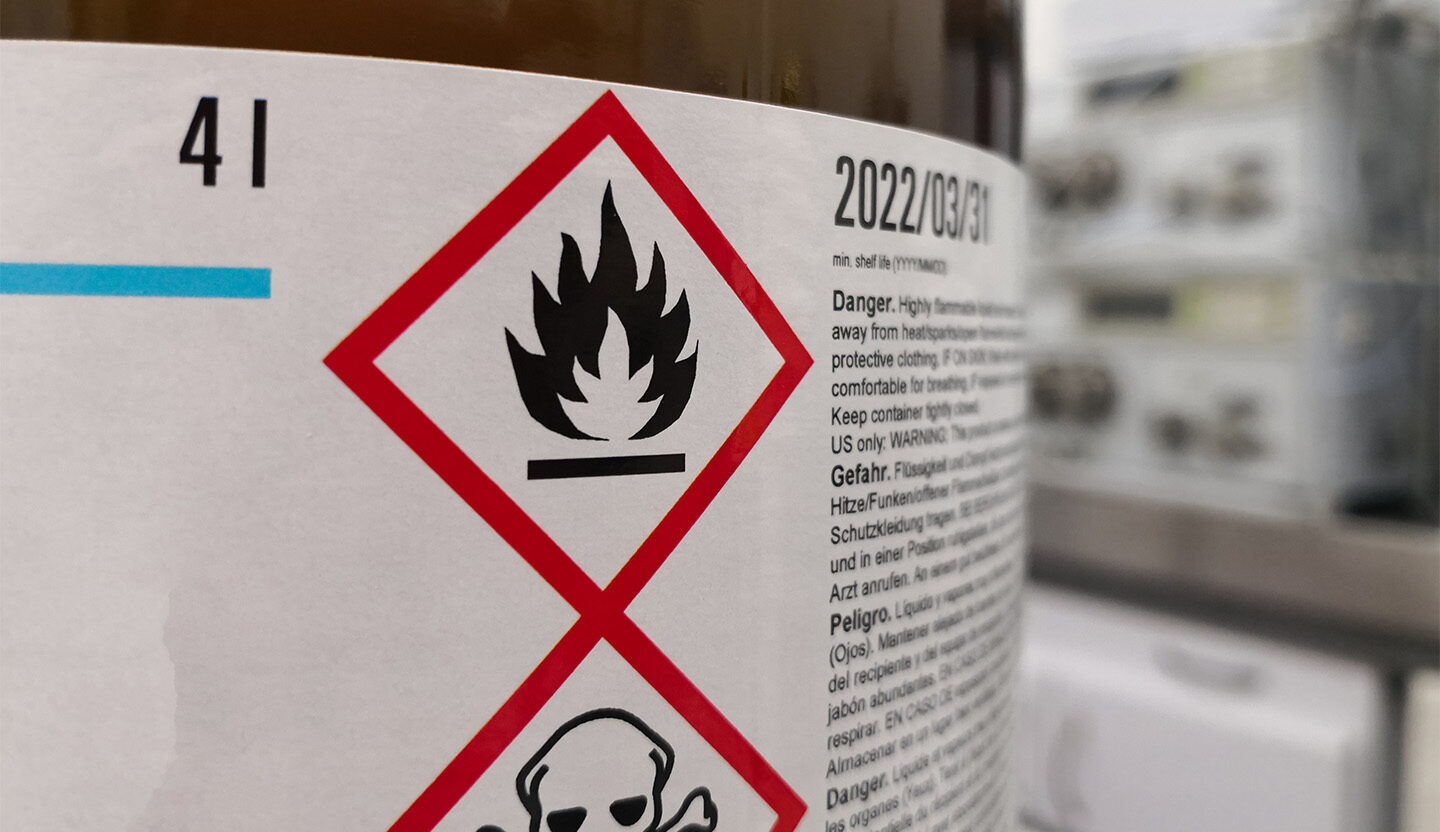Analysis of Alternatives and Comparative Assessment: are you prepared?
July 1, 2025

For biocidal active substances meeting the EU Biocidal Products Regulation (BPR) criteria for exclusion or substitution an Analysis of Alternatives (AoA) assessment is a now key dossier requirement. A detailed Product Type-specific consideration of risk, technical and economic feasibility, and the availability of chemical and non-chemical alternatives must be made in support of active substance approval. For biocidal products containing a substance that meets substitution criteria, a comparative assessment of other authorised biocidal products must be performed. Timely preparation and stakeholder engagement are essential for the development of robust defences of active substances and biocidal products.
What is AoA?
ECHA’s ‘Analysis of alternatives to biocidal active substances for applicants and authorities: a recommended framework guidance’ was published in January 2023 as a template for how to conduct an analysis of alternatives (AoA) to active substances which are candidates for substitution (CfS). Implementation of this guidance applies to substances meeting the exclusion criteria (Article 5(1) of the BPR) for first approvals and renewal applications submitted after March 1, 2024. From March 1, 2025 it also applies to applications submitted for first approval or renewal for substances meeting substitution criteria (Article 10(1)(b) to (f)).
Why is AoA important?
As highlighted in the ECHA AoA guidance, the BPR incentivises the replacement of active substances meeting substitution and exclusion criteria with substances that have more favourable risk profiles. The AoA, along with any stakeholder feedback from the Article 10(3) public consultation, will be taken into consideration in the final Biocidal Products Committee (BPC) Opinion, and subsequently in the EU Commission’s approval decision. The AoA is therefore a key part of the decision-making process for active substance approvals.
It is recognised that conducting an AoA can be challenging, and that there may be limitations in knowledge of both the applicant and the eCA regarding all possible biocidal uses of a substance and potential chemical and non-chemical alternatives. A well-crafted AoA can stimulate stakeholder engagement with the consultation process, which may add to the supporting evidence for approval. The inability to robustly evidence that your active substance is uniquely placed to address a specific issue, that your substance adds to the arsenal of chemistries available to evade resistance mechanisms, or that other available active substances and non-chemical alternatives are unsuitable from technical, economic and/or risk profile perspectives, could be the difference between approval and non-approval.
What does AoA involve?
For active substances undergoing first approval or renewal, and which meet exclusion or substitution criteria, various elements, including the following, need to be considered during the AoA:
- What other active substances are available for the Product Type?
- How do the risk profiles and physical properties of these substances compare to your substance?
- Do these substances have the same intended uses, intended target organisms, modes of action, application methods, etc. as your substance?
- Are there technical or economic reasons why these substances cannot be a substitute for your substance?
- What is the availability of these substances (or related biocidal products)?
- Are non-chemical alternatives viable options as substitutes for chemical interventions?
What is comparative assessment?
Comparative assessment is the process set out in Article 23 of the BPR that aims to prohibit or restrict the use of biocidal products containing CfS substances when alternatives (biocides or non-chemical) already exist that are suitably efficacious, of lower risk profile for animals, humans and the environment, and where there is already adequate chemical diversity. Comparative assessment is required for applications for first authorisation and renewals, and is used by EU Member States when granting product authorisations in their territories.
Why is comparative assessment important?
If the criteria of Article 23(3) of BPR are met, product authorisations may be prohibited or restricted, potentially limiting market access for your business. Carrying out a comparative assessment is your opportunity to shape the decision-making process for your products containing CfS substances. Whilst evaluating Member States can carry out comparative assessment, it is important that you input into this process adding your knowledge of your market, your product and its intended uses and targets.
What does comparative assessment involve?
A screening phase is carried out to determine whether the chemical diversity of the alternative biocidal products is sufficient to minimise the occurrence of target organism resistance. Assuming chemical diversity is not threatened, a tiered approach is taken, firstly assessing authorised products on the basis of details listed in the published Summary of Product Characteristics and Product Assessment Reports (Tiers 1A/B), and then considering the availability of non-chemical alternatives (Tier 2). The evaluating authorities will consider the assessment and may take a decision to grant product authorisation with or without restrictions, or may conclude that product authorisation is not appropriate.
How Sagentia Regulatory can help
Our recent experience of successfully supporting our clients with their analyses of alternatives and comparative assessments means Sagentia Regulatory is ideally suited to work with your business to help develop your justifications. Whether you are preparing for an active substance renewal, or submission of a product authorisation application, an AoA or comparative assessment could be integral to a successful outcome and Sagentia Regulatory recommends taking steps to make an early start in your preparations.
We can help you with:
- Identifying alternative active substances, biocidal products and non-chemical alternatives
- Investigations of risk profiles, modes of action, technical and economic feasibility, intended uses/users
- Interrogation of published BPR product authorisation documents as part of comparative assessment activities
- Preparing reports for AoA and comparative assessment to the standards expected by the evaluating authorities
- Coordination of stakeholder engagement
- Socio-economic analysis
Our team of consultants has many years’ experience assisting clients in navigating the BPR from active substance approval applications to gaining authorisations across Europe for a wide range of actives, products and use areas. TSG is your trusted partner in navigating AoA and comparative assessment, and our team is ready to assist you.
To learn more about our services, please contact us at [email protected]


